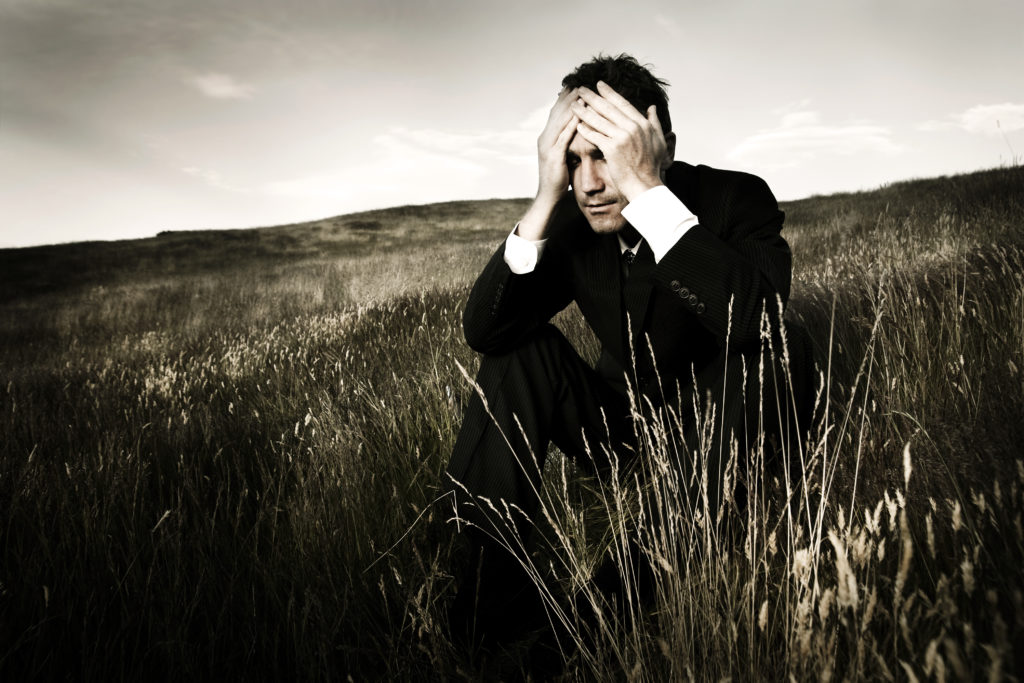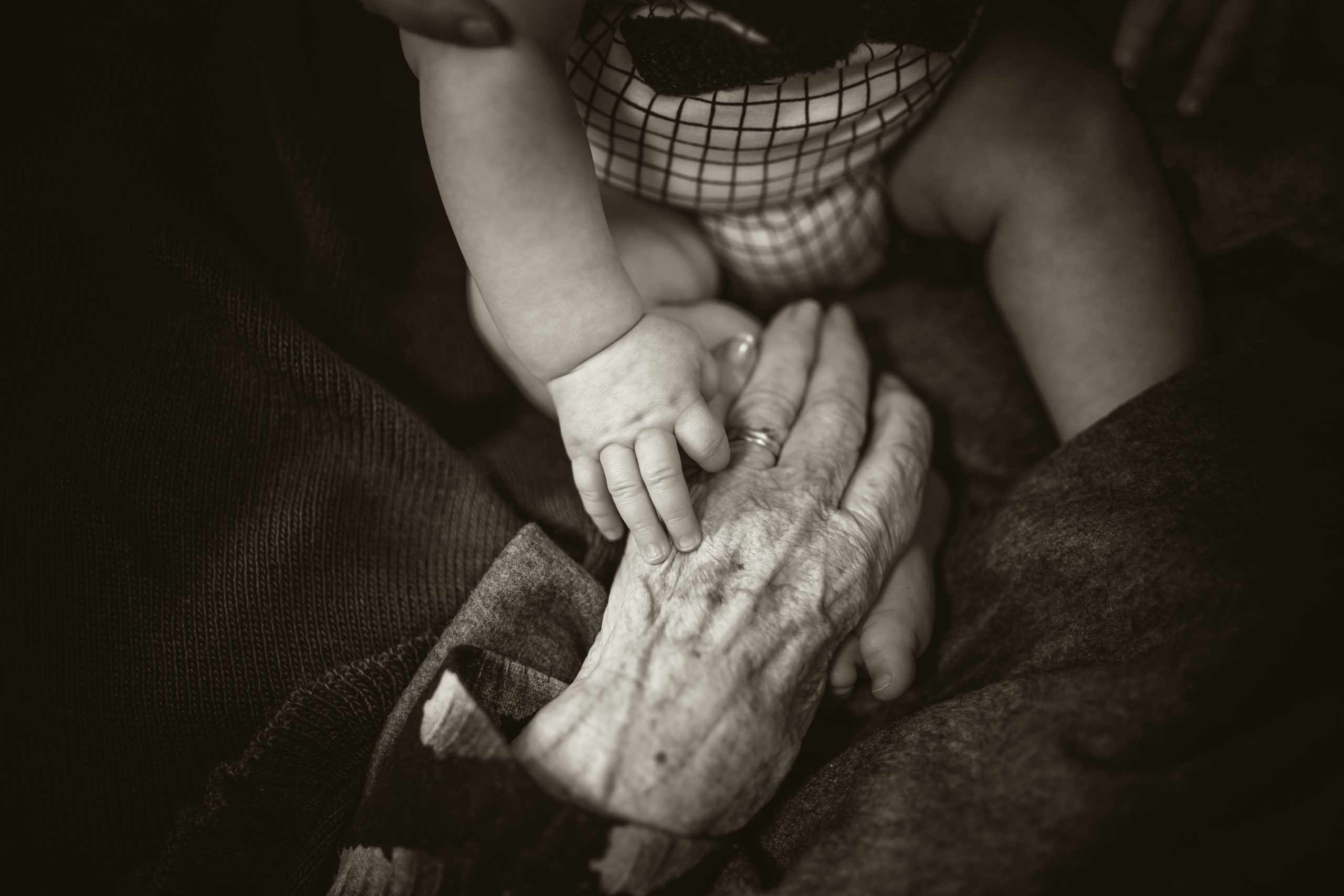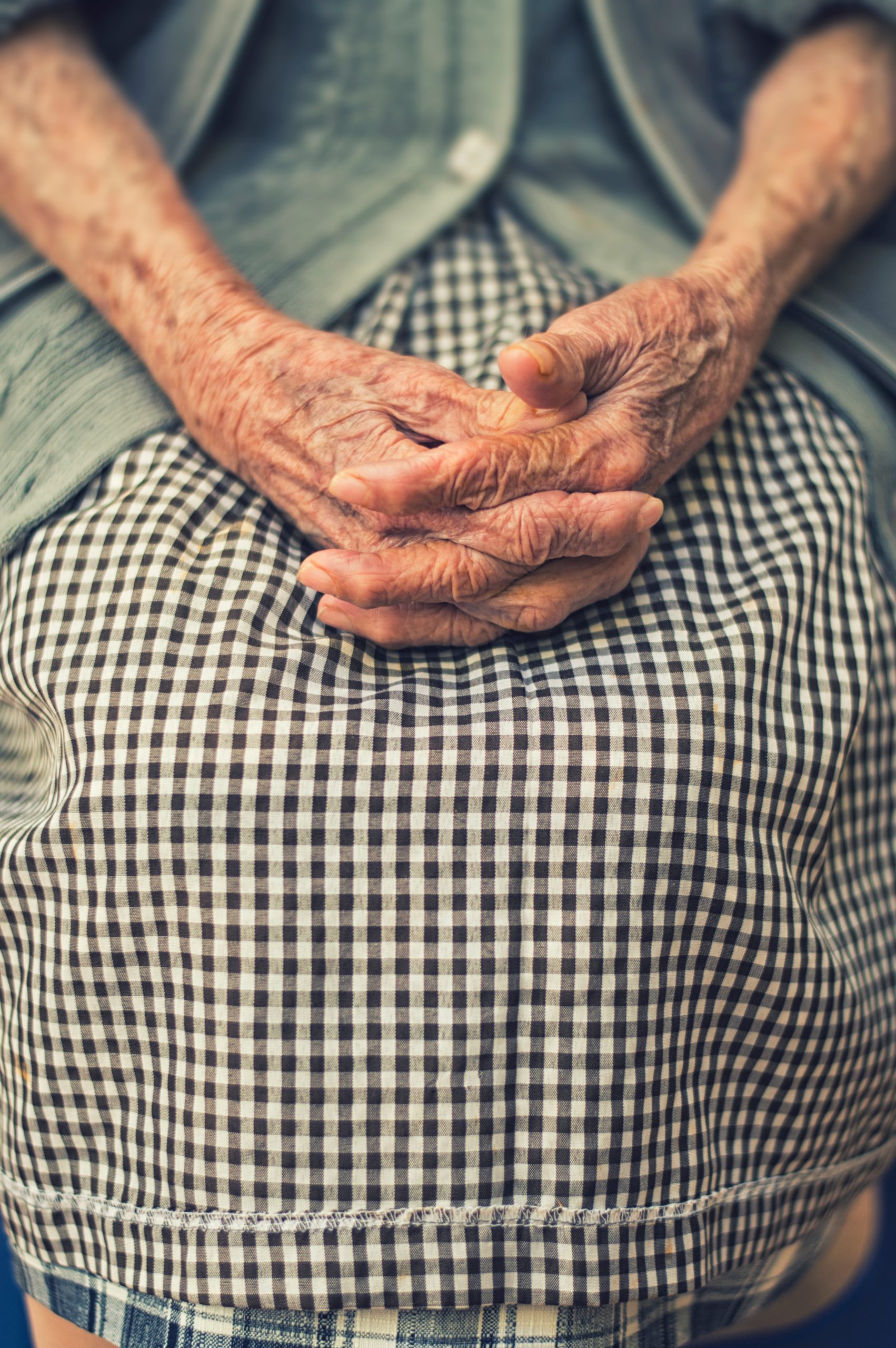*Featured in Healthy Directions, June/July 2012. As an Ironman triathlete and marathon runner, I understand the importance of fuelling my body to achieve maximum performance on race day and through many months of training. In addition to ensuring adequate sleep, proper hydration and lowering stress in my life, nutrition also plays a critical role in my sports performance. The following phrases are true: “You are what you eat” and “Let food be thy medicine” – that is why adding a naturopathic doctor to your health care team is essential as we have special training in nutrition and supplementation.
Today we know there is no magic pill to enhance performance and to be successful, athletes must eat sufficient amounts of all the nutrients, not just protein. Nutrition is the process of eating and converting food into structural and functional body tissues such as skin, muscle and hair. It is required for growth, maintenance of bodily functions, repair of tissues, performance and health. Different parts of the body need different nutrients to function properly. For example, the nervous system has different nutritional needs than muscles do. These differences must be taken into consideration when we are trying to maximize our performance. Here are some general nutrition tips that are beneficial regardless of your specific sport interest.
EAT LESS FAT, SODIUM AND SUGAR
Ensure you are eating less fat, sodium and sugar. Focus on complex carbohydrates, lean meats and fresh fruits and vegetables. Ensure you eat the following foods organic: peaches, apples, sweet bell peppers, celery, nectarines, strawberries, cherries, pears, grapes (imported), spinach, lettuce and potatoes. These are the “dirty dozen” – the foods that are the most chemically laden – and should only be consumed organic. The next time you shop for groceries, try shopping only around the perimeter of the grocery store where real food is. Up and down the aisles is where you find processed, packaged, wrapped food that is devoid of nutritional content and vital life energy.
SUPPORT YOUR ADRENAL GLANDS
When you exercise, you are stressing your body. Your adrenal glands are the “stress” glands in your body responsible for producing stress – related hormones – it doesn’t matter if the stress is positive or negative, stress is stress. I always recommend that athletes support their adrenal glands when training with one or more of the following: vitamin C, magnesium citrate or glycinate and multi B5.
FOLLOW UP WITH REHYDRATION AND A REFUELING SNACK
Ensure you follow up your exercise sessions with adequate rehydration and a healthy snack, such as almonds, cashews, brazil nuts, apple with almond butter or a hard boiled egg. Remember, the rule of thumb for water intake is 1/2 your body weight in ounces. For exercise sessions where you lose a lot of sweat, you will want to ensure your electrolytes are replenished with a non-sugar laden drink. The major electrolytes found in the body are chloride, magnesium, potassium and sodium. Naturopathic doctors carry healthy electrolyte replacement products, so consider adding something similar to your workout regime.
Dr. Bjorndal has a thriving practice in Edmonton, Alberta. She is an avid outdoors and exercise enthusiast and has competed at the National level in Track & Cross country racing for UBC on an athletic scholarship. She has completed three marathons, many triathlons and Ironman Canada. She believes in a holistic approach to health with nutrition and lifestyle counseling as the foundation in maintaining an optimum balance in our overall well-being.





